Introduction
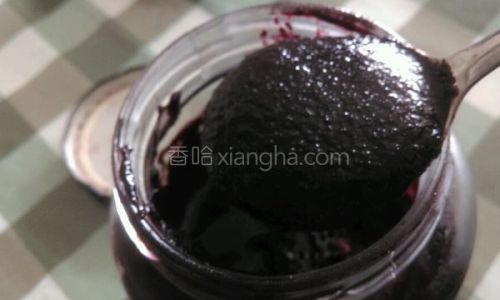
In the realm of natural sweeteners and healthful condiments, mulberry syrup, or mulberry jam as it is affectionately known in some circles, stands out for its unique flavor, vibrant color, and myriad health benefits. Derived from the ripe fruits of the mulberry tree (Morus alba, Morus nigra, or Morus rubra), this syrup is not only a delightful addition to your pantry but also a testament to the culinary art of harnessing nature’s bounty. This guide delves into the intricacies of crafting homemade mulberry syrup, commonly referred to as mulberry jam or mulberry paste in various cultures, with a special focus on the traditional method known as “Mulberry Syrup Making” or, more specifically, “Sang Shen Gao” in Chinese culinary terms, adapted for an international audience.
The Significance of Mulberries
Mulberries have been revered for their medicinal and nutritional properties across cultures for centuries. In traditional Chinese medicine, mulberries are believed to nourish the blood, strengthen the kidneys, and improve eyesight. Modern science has corroborated these claims, attributing mulberries’ health benefits to their rich content of antioxidants, vitamins, minerals, and fiber. The antioxidants, particularly anthocyanins, give mulberries their deep purple hue and contribute to their anti-inflammatory and cancer-preventive properties.
Moreover, mulberries are low in calories and high in water content, making them an excellent choice for those seeking a natural sweetener without the guilt. Their natural sweetness, coupled with a slightly tart edge, makes them perfect for transforming into a syrup that can elevate the taste of desserts, beverages, and even savory dishes.
Choosing the Right Mulberries
The first step in making mulberry syrup is selecting the right mulberries. Ideally, you should opt for fully ripe, dark purple (or red, depending on the variety) mulberries that are firm to the touch but yield slightly when pressed. Avoid overripe or moldy fruits, as they can spoil the entire batch. Fresh mulberries are preferable, but if fresh ones are not available, frozen mulberries can be a suitable alternative, though they may require slight adjustments in cooking time.
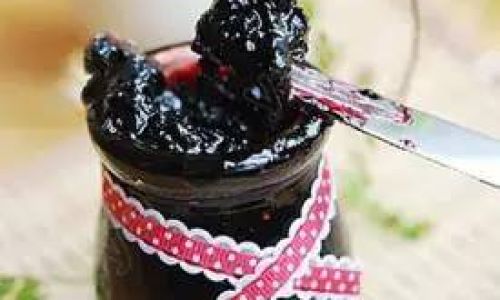
Preparing the Mulberries
Before starting the cooking process, rinse the mulberries gently under cold running water to remove any dirt or debris. Pat them dry using a clean kitchen towel or let them air-dry on a paper towel-lined tray. Removing excess moisture is crucial to prevent splattering during cooking and to ensure a smoother final texture.
Equipment and Ingredients
To make mulberry syrup, you will need:
- A large, heavy-bottomed pot or saucepan
- A wooden spoon or silicone spatula for stirring
- A fine-mesh sieve or cheesecloth for straining
- A jar or container with a tight-fitting lid for storing the syrup
- Ingredients: mulberries (about 4 cups), sugar (about 1-1.5 cups, adjust to taste), lemon juice (about 1-2 tablespoons for added tang and preservation), and water (optional, if needed to achieve desired consistency).
The Cooking Process
-
Combining Ingredients: Place the cleaned mulberries in the pot. Add sugar according to your preference for sweetness. Generally, a 1:1 ratio of mulberries to sugar yields a moderately sweet syrup, while a higher sugar ratio will result in a sweeter, thicker syrup. Add the lemon juice, stirring gently to combine.
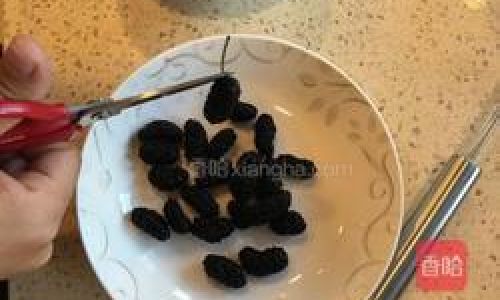
-
Simmering: Turn the heat to medium-low and let the mixture come to a gentle simmer. Stir occasionally to prevent sticking and burning. As the mulberries cook, they will release their juices, creating a vibrant purple syrup. If the mixture seems too thick or is sticking to the bottom of the pot, you can add a small amount of water, a tablespoon at a time, to achieve a smoother consistency.
-
Mashing and Stirring: Use the wooden spoon or spatula to gently mash the mulberries, releasing more juice and breaking down the fruit fibers. Continue simmering and stirring for about 30-45 minutes, or until the syrup has reached your desired consistency. It should be thick enough to coat the back of a spoon without immediately dripping off.
-
Straining: Once the syrup has reached the desired thickness, remove it from heat and let it cool slightly. Line a sieve with cheesecloth or a fine-mesh strainer and place it over a large bowl. Pour the syrup through the sieve, allowing the liquid to drain while capturing the fruit pulp and seeds. Press gently on the solids with the back of the spoon to extract as much juice as possible, but avoid forcing the pulp through, as this can make the syrup cloudy.
-
Skimming and Bottling: Let the strained syrup cool completely. During this time, any foam or impurities will rise to the surface. Use a spoon to skim these off for a clearer syrup. Once cool, pour the syrup into a clean, sterile jar, leaving some headspace to allow for expansion if refrigerating. Secure the lid tightly.
Storage and Preservation
Mulberry syrup can be stored in the refrigerator for up to 2-3 months. For longer-term preservation, consider canning the syrup following standard canning procedures or freezing it in ice cube trays for easy portioning.
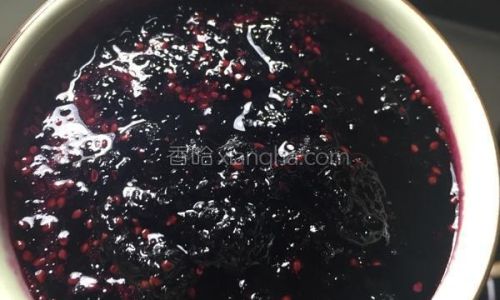
Using Your Mulberry Syrup
The versatility of mulberry syrup knows no bounds. Drizzle it over pancakes, waffles, or ice cream for a burst of flavor. Use it as a sweetener in tea, coffee, or smoothies. Experiment with it in baking recipes, replacing part of the sugar for a unique twist. Its deep purple hue and subtle tartness make it an excellent addition to marinades, glazes, and even cocktails.
Conclusion
Crafting mulberry syrup is not merely a culinary endeavor; it is a journey through the senses, where the aroma of ripe mulberries fills the air, the vibrant color dances on the stovetop, and the final product brings a smile to the faces of those who taste it. By following this guide, you’ll not only harness the natural sweetness and health benefits of mulberries but also create a cherished homemade condiment that can elevate your everyday meals into extraordinary experiences. So, gather your ingredients, roll up your sleeves, and embark on the delightful adventure of making your own mulberry syrup – a sweet reward for both your taste buds and soul.
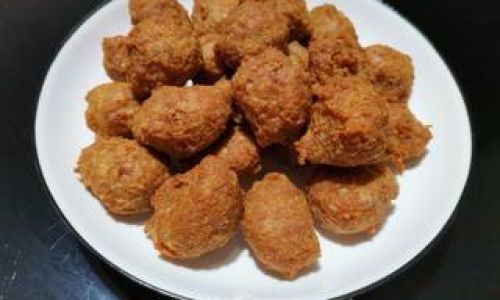
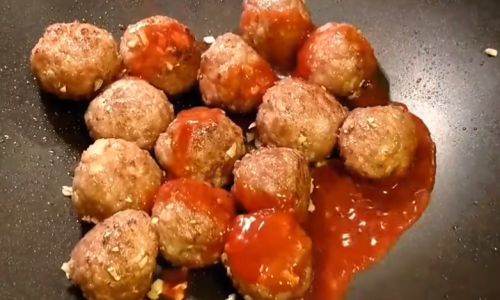

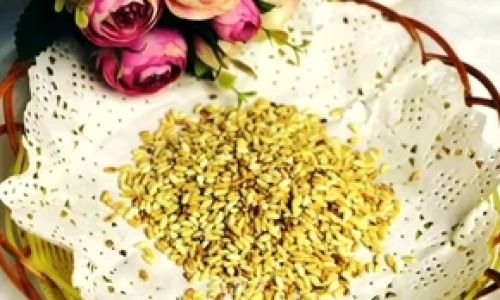
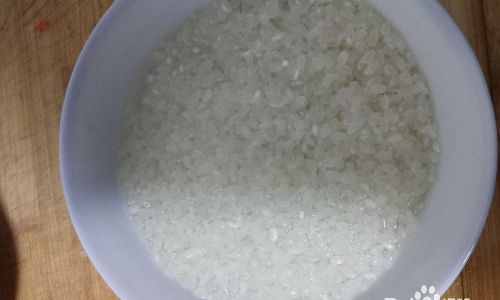
0 comments